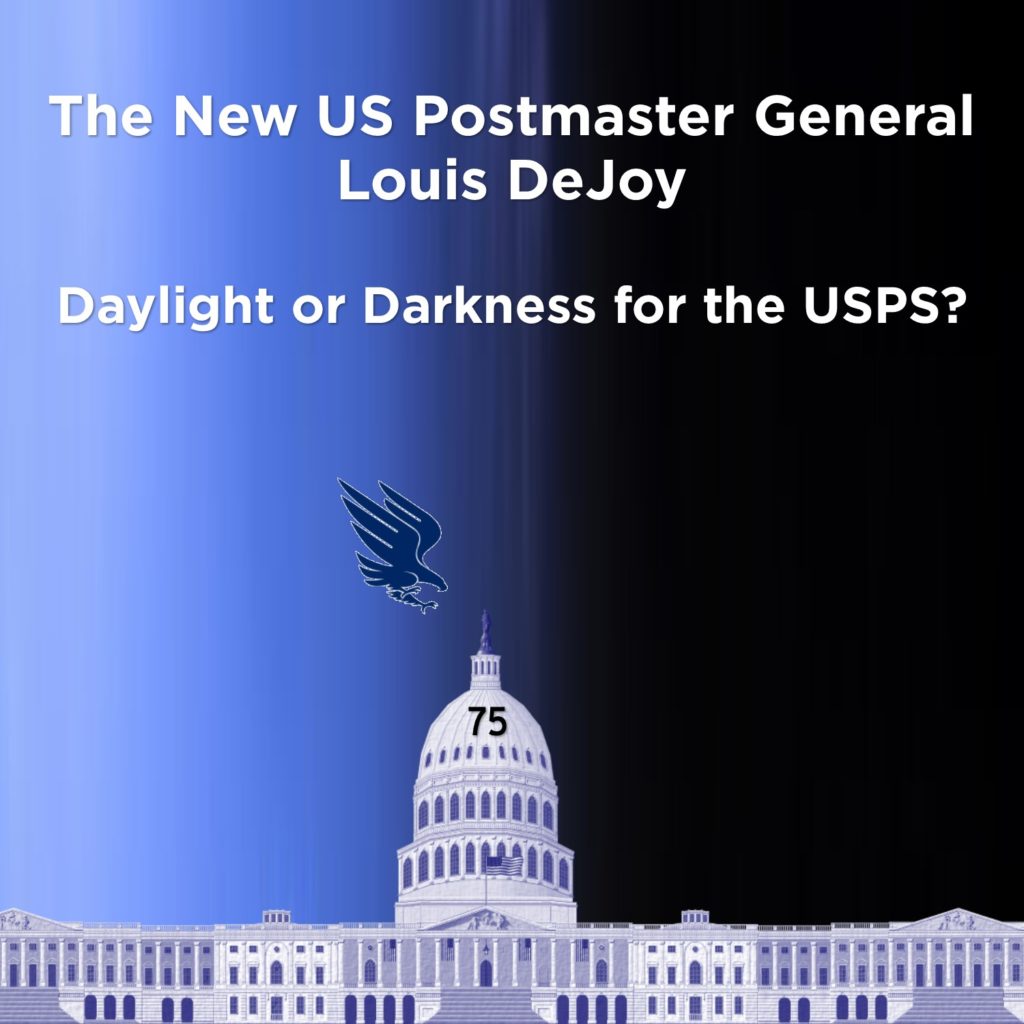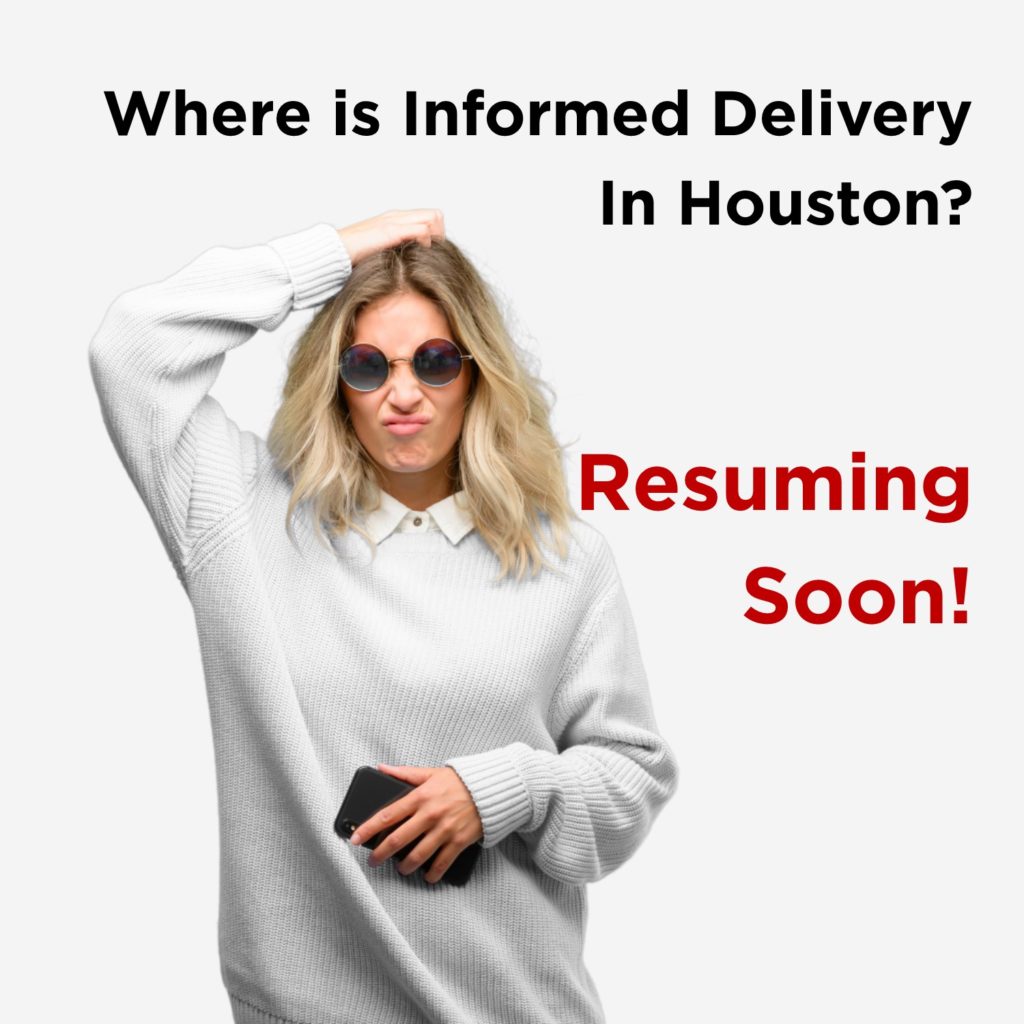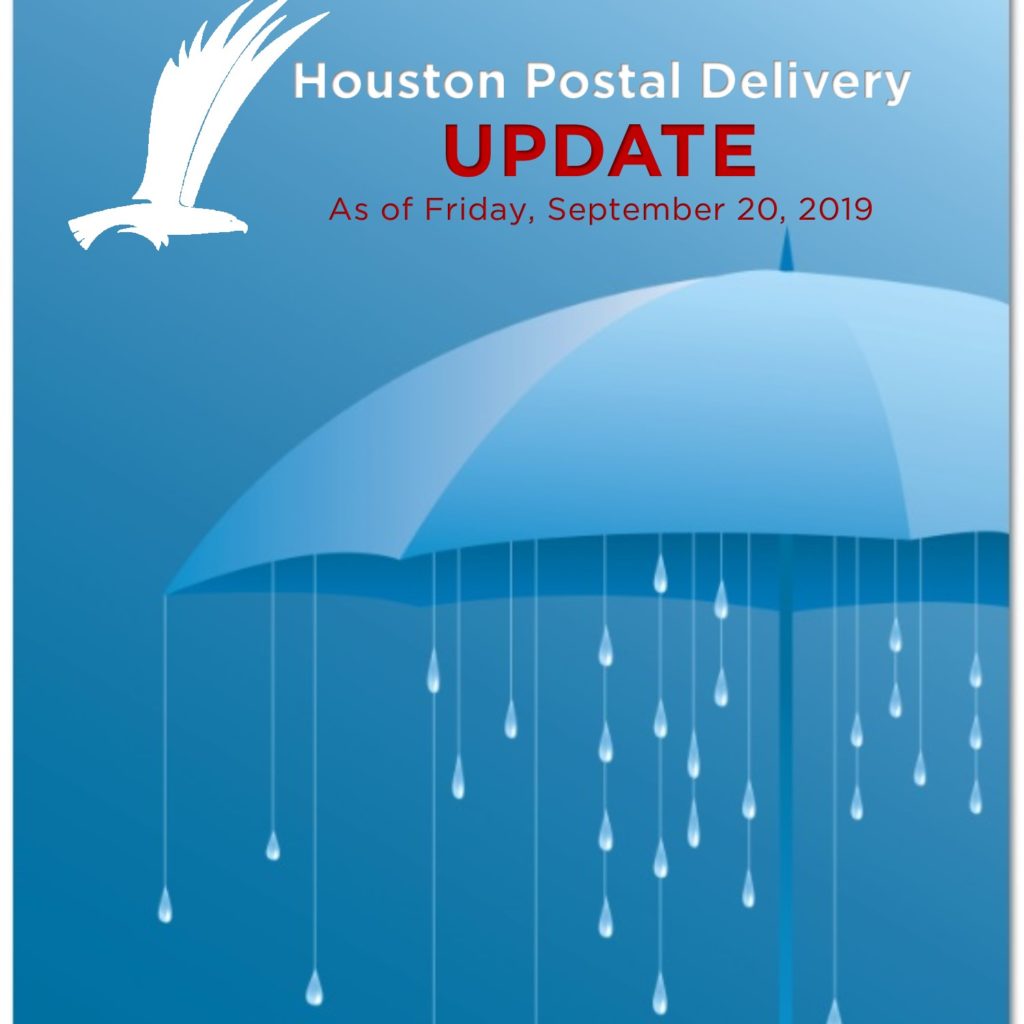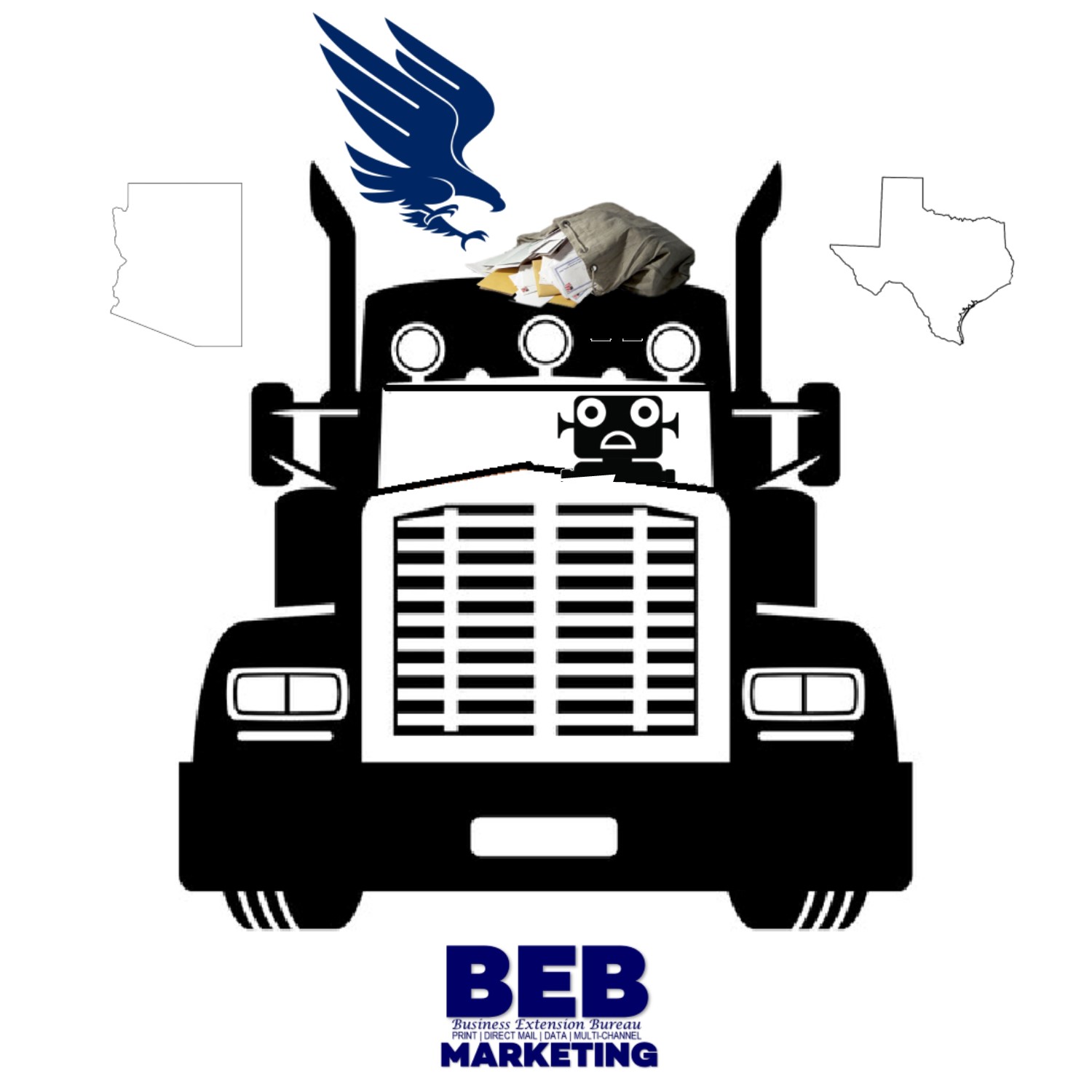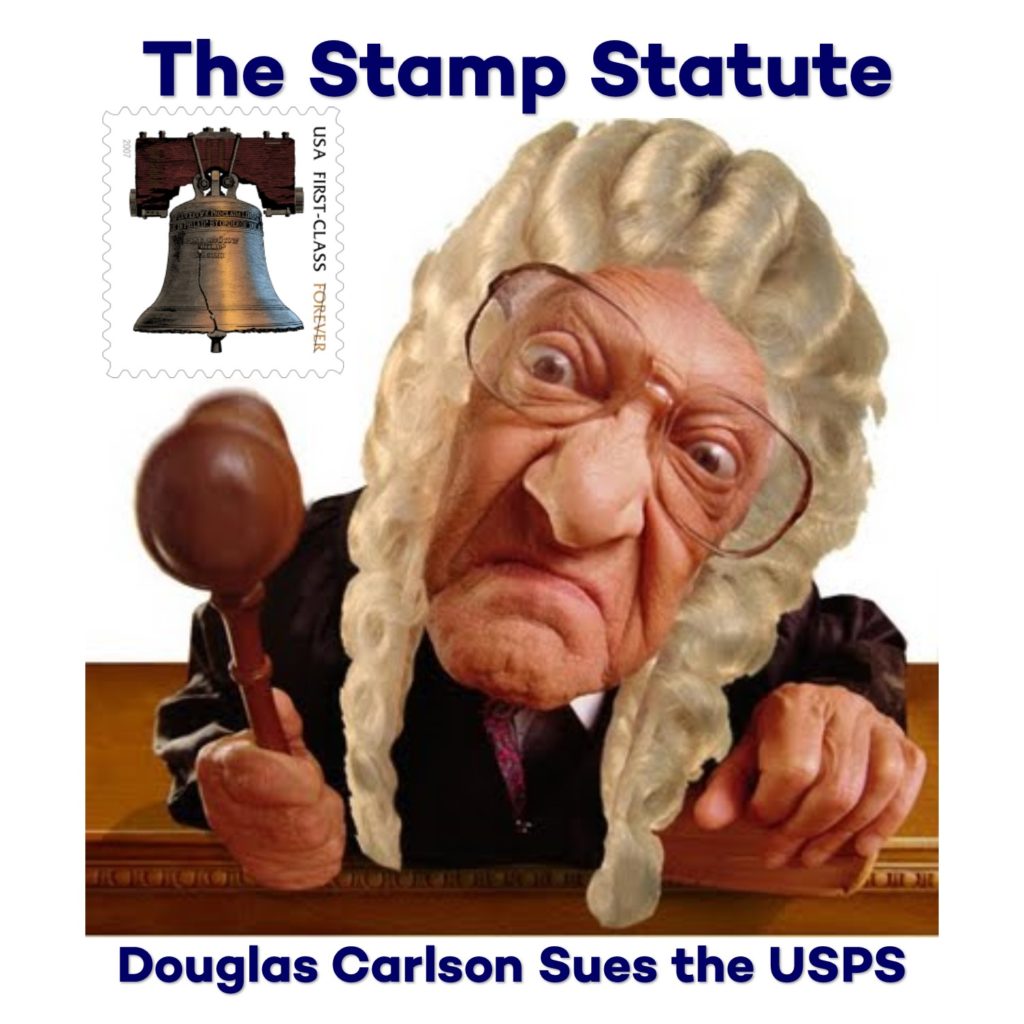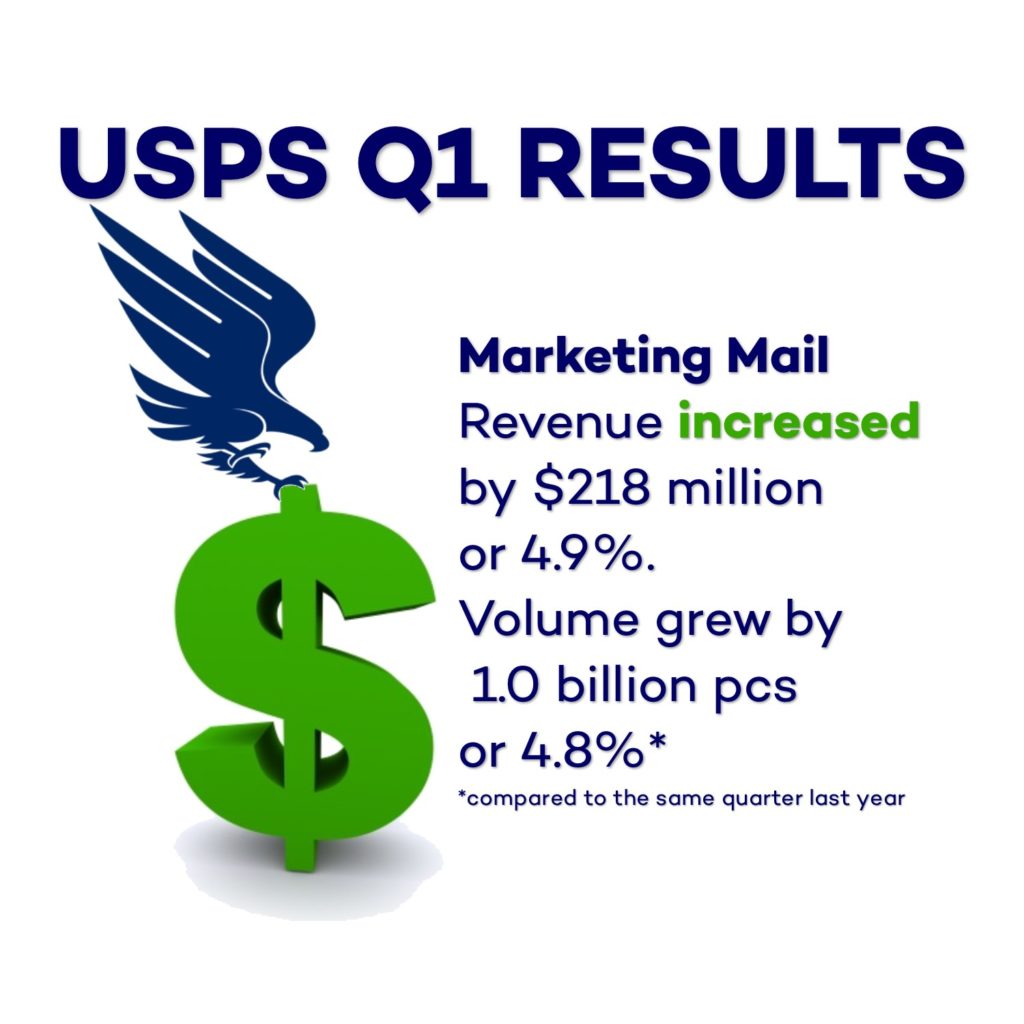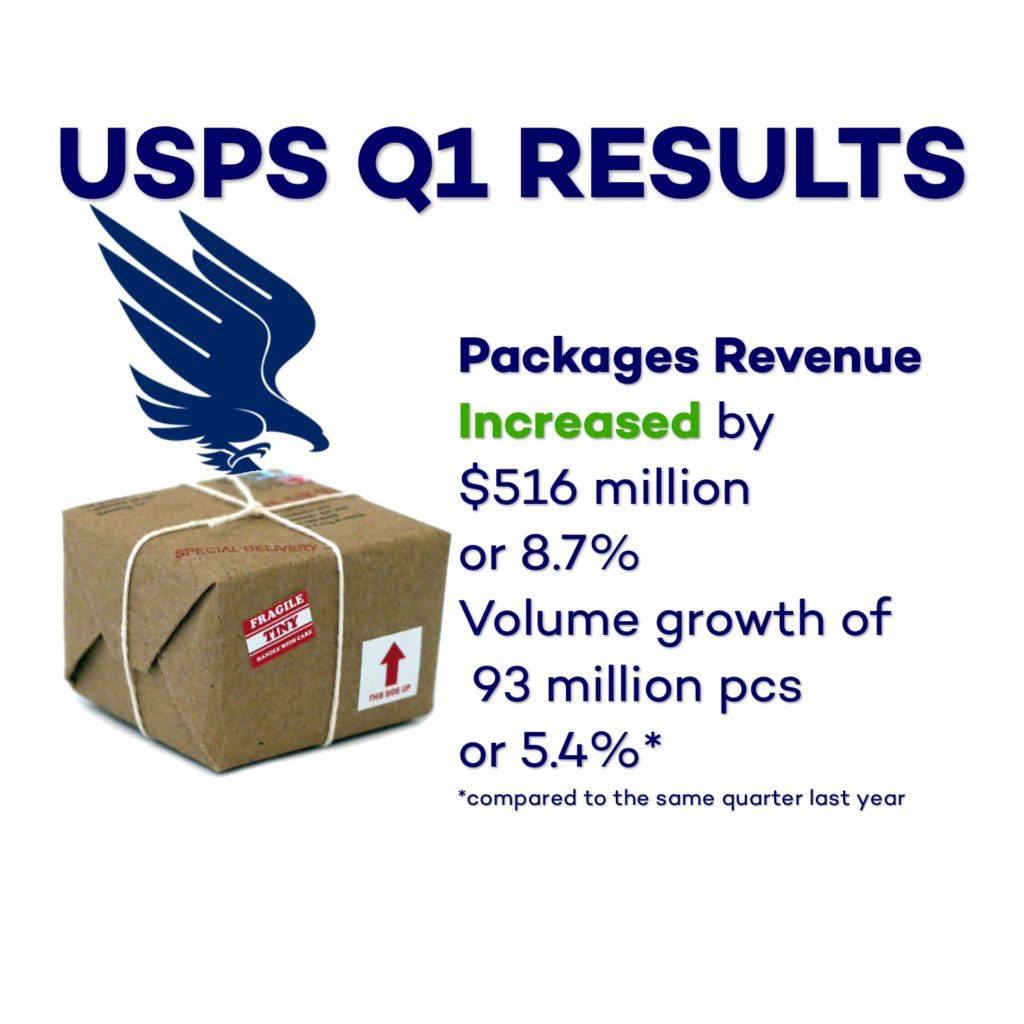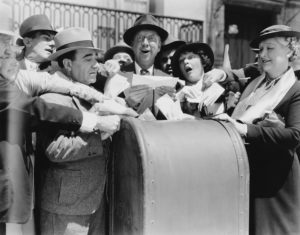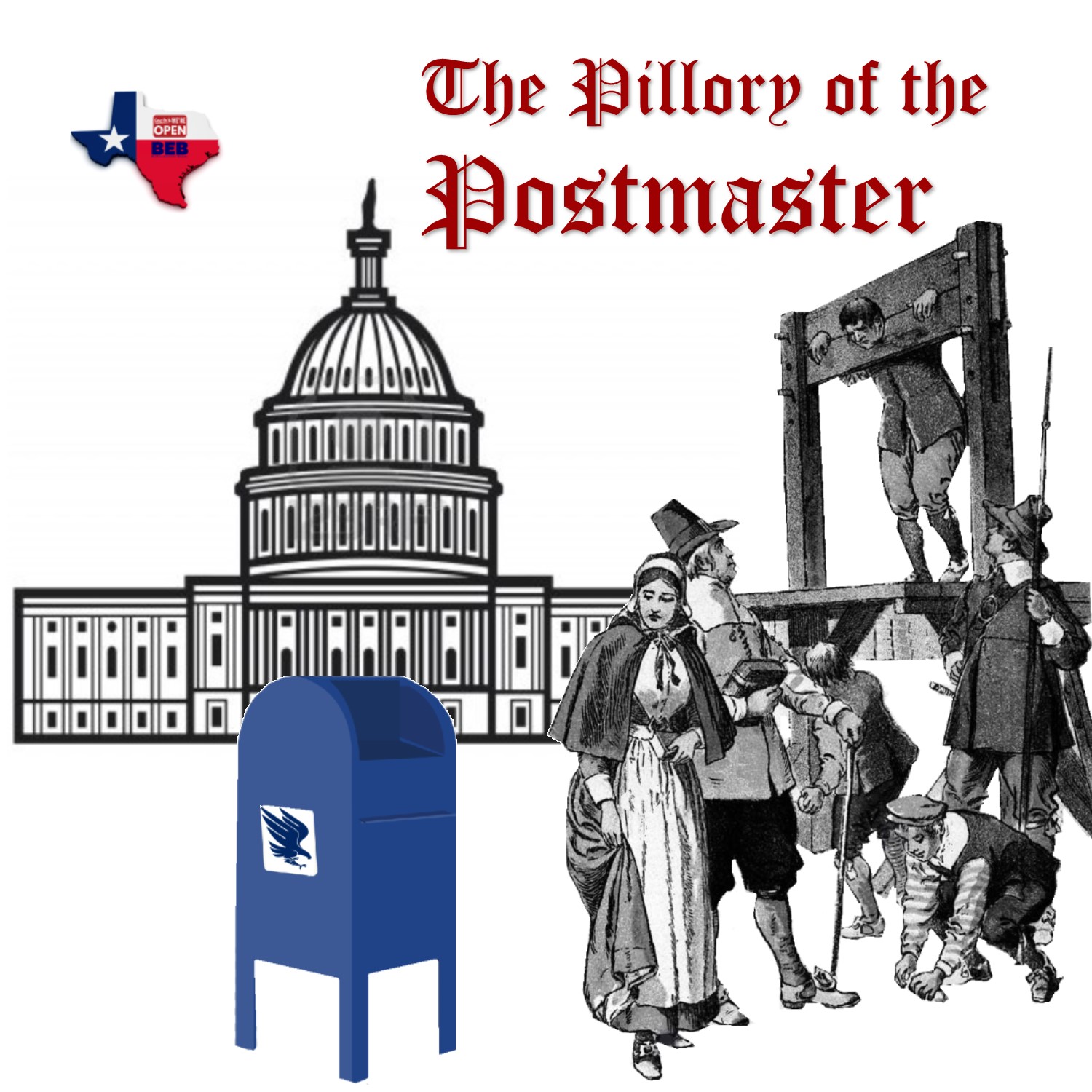 Earlier this year, newly appointed Postmaster General Louis DeJoy testified in front of a Senate Homeland Security and Governmental Affairs Committee. He was brought to the pillory to answer for changes made to the USPS that included cutting overtime and limiting post office hours, which caused politicians and postal workers across the country to hit a panic button. These very reasonable directives are necessary as DeJoy will attempt to turn-around the, often-misunderstood, health of the US Postal Service.
Earlier this year, newly appointed Postmaster General Louis DeJoy testified in front of a Senate Homeland Security and Governmental Affairs Committee. He was brought to the pillory to answer for changes made to the USPS that included cutting overtime and limiting post office hours, which caused politicians and postal workers across the country to hit a panic button. These very reasonable directives are necessary as DeJoy will attempt to turn-around the, often-misunderstood, health of the US Postal Service.
The USPS is an independent agency of the executive branch of the federal government and is not funded by appropriations. However, it is not independent of rule from the government. Back in 2006, Congress passed a law that guaranteed the entity would continually face a financial battle by passing the Postal Accountability and Enhancement Act. The PAEA requires the Postal Service to pre-fund its post-retirement health care costs, 75 years into the future. This extraordinary financial burden applies to no other federal agency or private corporation.
If the costs of the retiree health care mandate were removed from the USPS financial statements, the Post Office would have reported operating profits in each of the last six years. Many people may be surprised to learn that in the third quarter of fiscal 2020, the Postal Service reported an increase in total revenue of 3.2% compared to the same period last year. Credit goes to the increase of shipping and package delivery due to the COVID-19 pandemic, and we anticipate the trend to continue given the surge in e-commerce. The PAEA retirement mandate created a financial “crisis” that has been used to skew public perception of the postal service and allows politicians to “throw rocks” at those who do understand the real challenges facing the USPS today.
Moving the mail is all about logistics. Making the entity that delivers the mail more efficient and streamlined will decrease delivery time, keep product pricing down, and just might allow the largest transportation fleet in the world to grow into an amazing success story.
For over 30-years USPS leaders have been searching for ways to sort and process mail using more automation and increase the amount of time carriers spend delivering mail. It is simply ludicrous when politicians claim that the closure of a rural post office will delay delivery of prescriptions or imply that five-day delivery is somehow denying citizens their right to receive mail. As with any organization that needs to become current and profitable, we must all keep an open mind on ways the USPS can successfully operate throughout the 2020’s.
After sitting on the Washington DC hot seat, DeJoy suspended many of his controversial changes and promised not to make any more until after the November elections. Rest assured that mail is being delivered and marketing via direct mail remains a viable and money-making way to market. We will keep you abreast of the latest happenings as they unfold.

